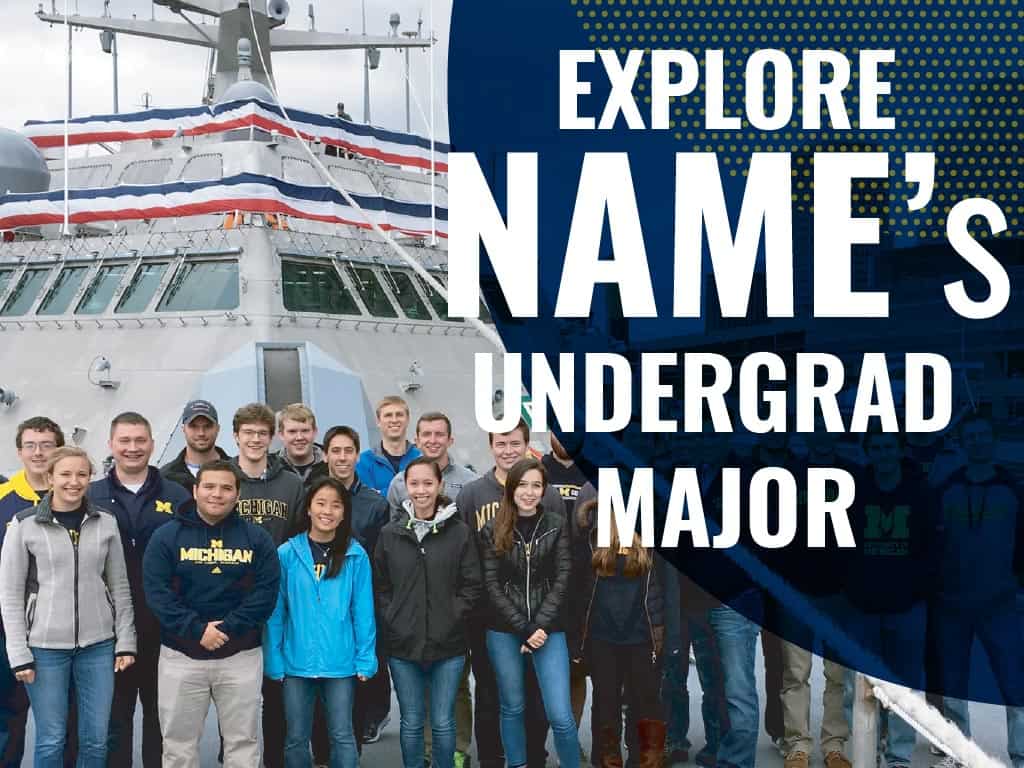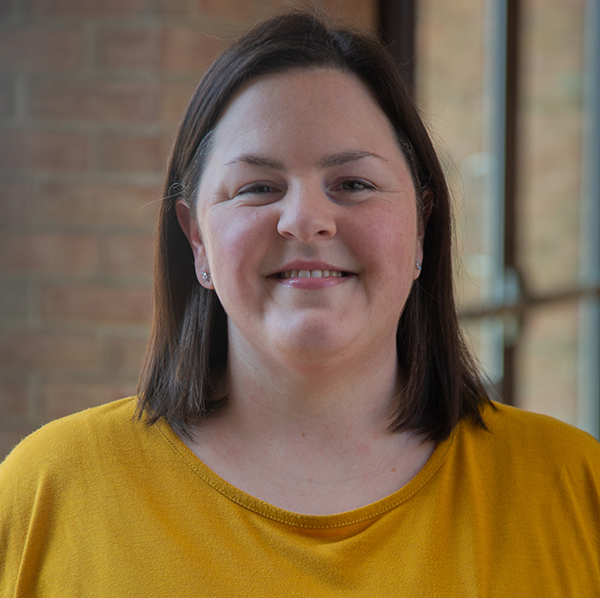Undergraduate Studies

Best of both worlds
Get all the resources of a major research university in a small, close-knit department that feels like family. That means instructors who know you by name and academic advising that’s available on your schedule.
Engineering Breadth, Academic Depth
Like all Michigan engineers, NA&ME graduates’ skills and knowledge of engineering principles means they can also take jobs in automotive, transportation, and robotics. The opportunities are endless.
Michigan offers a world-class academic experience that helps prepare our engineers to tackle diverse professional responsibilities.
Modern marine systems integrate precise engineering from many disciplines, all of which must work in a demanding marine environment. That’s why NA&ME students study not only physical science and math fundamentals but also a broad range of engineering topics.
- Structural mechanics: Static strength, fatigue, dynamic response, safety, and production
- Hydrodynamics: Resistance, maneuvering, and performance of platforms and vessels in a marine environment
- Marine power systems: Mechanical systems on a marine vehicle, especially the main propulsion system
- Marine dynamics: Effects of vibration, wind and waves on marine structures
Electives cover areas such as ship production and management, sailing yachts and high speed craft, and we encourage our students to broaden their academic experience with classes in the social sciences and humanities.
And because the field offers such diverse opportunities, we highly encourage students to stay an extra year and take advantage of our combined bachelors/masters degree program.
What do NA&ME Graduates Do?
They get hired. More than 70 percent of our planet is covered by water, and Michigan NA&ME graduates work in almost every field that touches it, including:
- Offshore energy – wind, oil and gas exploration
- Watercraft design – military, competitive, commercial and recreational
- Great Lakes and ocean shipping
- Coastal erosion prediction
- Americas Cup racing teams
- Policy and consulting
And they stay in touch. Our proud and passionate network of alumni connects current students and new graduates directly to industry. Our reputation and relationships in the field create a pipeline to internships and jobs. That’s why Naval Architecture and Marine Engineering was named America’s #1 College Major for Salary and job availability, according to CBS News in 2023.
Final Design Sequence
A two-semester project that integrates material from earlier courses, the design sequence features individual and team project work and gives students a chance to design projects using state-of-the-art computer-aided design tools. Projects have ranged from harbor designs to racing yachts and deep-submergence submarines.
